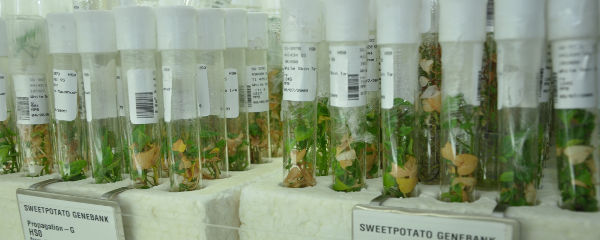What I’ve Learned:
“Viroid: the simplest is as the simplest does.”
Everyone I know is trying to “simplify”, in any way they can. They’re downsizing their houses. Giving away old clothes. Cutting out cable. (But not Netflix, because come on, Unbreakable Kimmy Schmidt, already.)
Pretty much anything short of donating their kids to science and moving into a zen garden, these people are doing in the name of simplicity. And you know what?
They’re amateurs.
Because how “simple” are you, really, when you’re still human? There are all sorts of complicated things going on inside us — and I’m not just talking about our Facebook relationships or the way we feel about Charlie Kaufman films.
Human bodies are all kinds of intricate. You’ve got circulatory systems and immune cells, respiratory tracts and reproductive organs — and that’s just the tip of the person-berg. “Simplify” all you like, but if you’re holding on to all that bodily baggage — with your fingers; don’t even get me started on fingers — then you’re not very simple at all.
And what’s more, if you think you need all of that — or any of it — to live in the world, grow up and pass on your genetic material, then you’re wrong. You can do all that with less. Much less. If you really want to simplify, take a cue from a viroid.
Viroids are about as small — and simple — as a reproducing bit of schmutz can get. Classified as “sub-viral pathogens”, viroids have almost none of the fiddly biological bits even most tiny organisms hold dear. Take amoebas, for instance; these microscopic little one-celled critters still have tiny tails to move around with, a way to take in nutrients and a nucleus for their genome. Ain’t no viroids got time for that.
Bacteria are even smaller than amoebas, but they at least have a cell membrane, and enzymes and stuff kept handy in pockets, for when they’re needed. Viroids got no enzymes, no pockets, and no cell to keep them in.
Viruses are tinier still, and are mostly just made up of a few genes on a strip of DNA. But at least — at least, for crissakes — they have the decency to cover up their genetic material with a membrane of some kind, and to code for a protein or two.
But viroids? Nuh uh. They’re nothing but naked RNA, single-stranded genetic material all folded in on itself. No membranes, no cell walls, no nothing. They don’t even code for proteins — they’re just themselves, the epitome of “simple”. Viroids are out there. And they’re lovin’ every minute of it.
Of course, living simple has some downsides. So far as we know, no viroids have Twitter accounts, for instance. Also, they can’t reproduce by themselves — we’ve all been there, amirite? — but need to infect a living cell to “borrow” its machinery to make more copies of its RNA. Most of those living cells are in plants; viroids have been identified that infect potatoes, eggplants, avocados and coconuts, among others.
Because they can’t reproduce by themselves — or in ugly-RNA-bumping pairs — viroids aren’t considered to be “alive”, exactly. But they may provide a hint as to how life ultimately began on the planet. Making copies of oneself — with help, and before one really has a “self” to speak of — isn’t much, perhaps. But it’s an important step on the way to truly living, and might have been critical to the formation of the very earliest life forms.
And today, viroids can still float around a farm field, dig into crops and pass along their genetic material to new generations. From what I’ve seen of the “simplify” crowd, most of those people would love the viroid lifestyle. Or near-lifestyle, as the case may be.
Of course, that “lifestyle” also involves running around naked, mooching other peoples’ equipment and using vegetables for sex.
I’m not saying that would deter any of the hippies pining for a life change. But suddenly, viroids don’t sound so “simple” to me.
Also, that Netflix queue of mine isn’t going to watch itself. I’ll pass.



